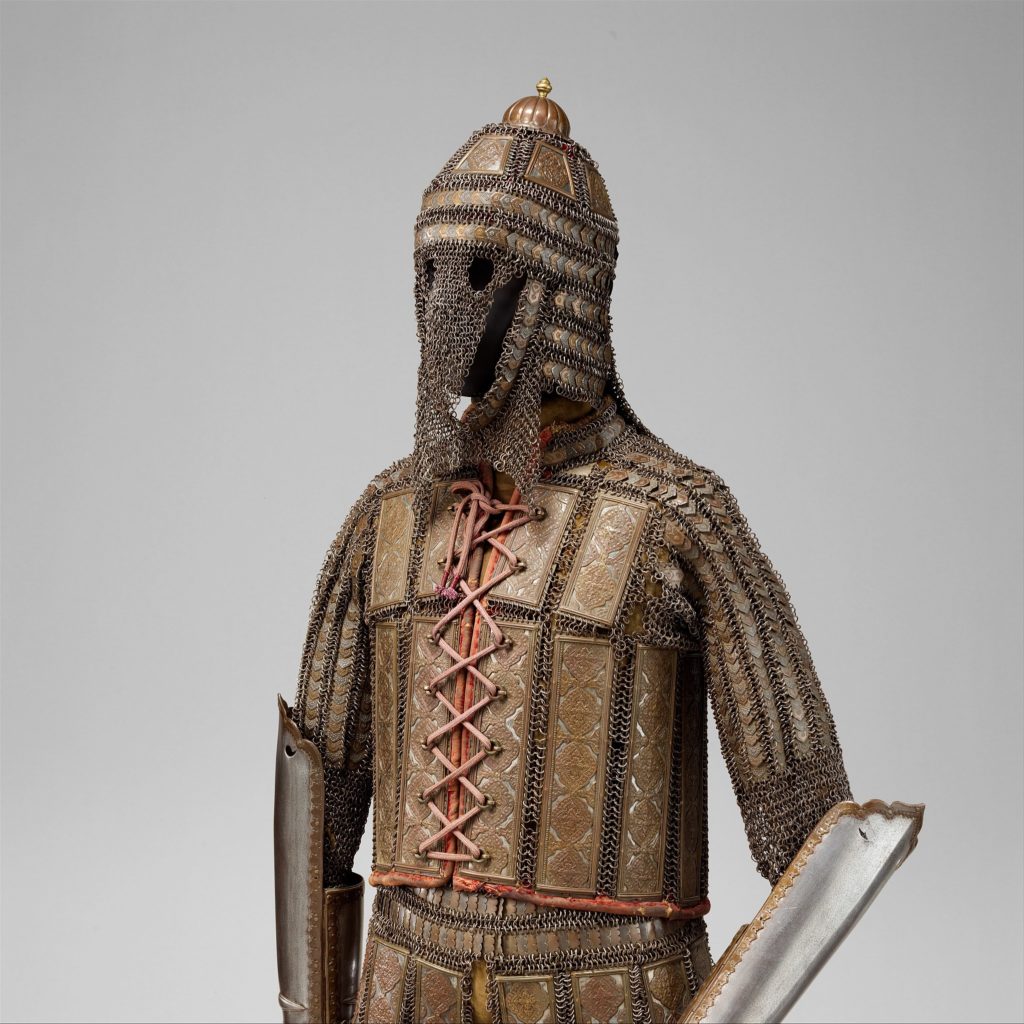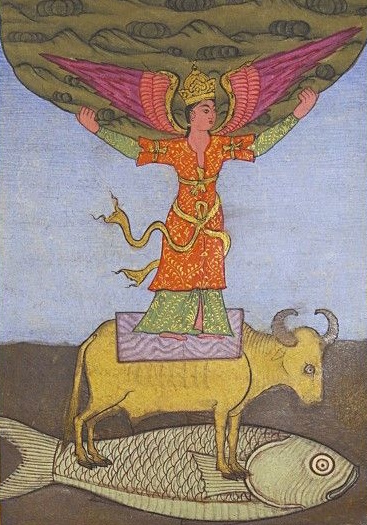
‘@Play‘ is a frequently-appearing column which discusses the history, present, and future of the roguelike dungeon exploring genre.
Gary Gygax was a weird person. I won’t get into his life or history or, the casual misogyny of AD&D character creation, or the Random Harlot Table. But he did know a lot about medieval weaponry and armor, and to some degree this obsessive interest seeped out and infected a whole generation of nerds.

I know which is generally better: leather armor, studded leather armor, ring mail, chain mail, splint mail, plate mail or plate armor. I know that, although in life each is different, battles are random, and there’s countless factors that might determine who would win in a fight, the order in which I have given them is roughly how effective they are, because it’s the order that Armor Class increases, sorry decreases, in classic Dungeons & Dragons.
While the list of armors is presented, in practically every Player’s Handbook, with their effects on protection right there in order, unless you’re steeped in the material, it is not obvious, just from reading the names of the items, which is supposed to be better than another.

This is a considerable roadblock, and one I struggled with for a while, when I first tried to learn to play Rogue, because that game expects you to know how effective each piece of armor is. You start out with Ring Mail +1. You find a suit of Splint Mail. Should you switch? People who play nearly any classic roguelike are going to run against this eventually. Even now, some games just expect you to know the relative strengths of each.
If you decide to take the chance and try it on, to Rogue’s (and Nethack’s) credit, it tells you immediately how effective the armor is on the status line, and you can compare its value to your past item. To Rogue’s (and Nethack’s) detriment though, if the new armor is cursed, you’re stuck with it, until you can lift the curse (to a new player, unlikely) or die (very likely). And then, unless you’ve been taking notes, you’ll still probably forget the relationship between the two items, meaning you’ll have to guess their relative value again later, and deal with the same risk.
Classic D&D tended to give short shrift to the intricacies of real-life armor use, simplifying a complex topic beyond perhaps what was appropriate. AD&D attempted to remedy that by going overboard, giving each armor ratings according to its bulkiness, how much of the wearer’s body it covered, how much it weighed and how it restricted movement. Gygax’s tendency towards simulation is responsible for some of the most interesting parts of the game, but it didn’t help him here I think.
Most classic roguelikes, at least, use the “bag of Armor Class” approach to armor, which is probably for the best. Nethack probably goes to far in the Gygaxian direction. If you find Plate Mail in Nethack, you’re almost entirely better off just leaving it on the ground, even despite armor’s huge value, because it’s simply too heavy. Even if you can carry it without dipping into Burdened status, or, heaven help you, Stressed, its mass and bulk lowers the number of other items you can carry before you reach Stressed, and carrying many other items is of great importance. This is the secret reason that the various colors of Dragon Scale Mail are so powerful in Nethack: it’s not that they have the highest best AC in the game (though they do), it’s that they’re also really light! Even if you don’t get the color you want, it takes concern about the weight of armor completely off your list of worries.
The use of armor underwent revision throughout D&D’s development. (This page lists the changes in detail.) For reference, the relative quality of D&D, and thus roguelike, armor goes like this.
| Name | New-Style Ascending Armor Class | Old-Style Descending Armor Class |
| Leather Armor | 2 | 8 |
| Studded Leather & Ring Mail | 3 | 7 |
| Scale Mail | 4 | 6 |
| Chain Mail | 5 | 5 |
| Splint Mail & Banded Mail | 6 | 4 |
| Plate Mail | 7 | 3 |
| Plate Armor | 8 | 2 |
Why the difference in values? Up until the 3rd edition of D&D, Armor Class started at 10 and counted down as it improved. 3E updated a lot of the game’s math, and changed the combat formula so that AC was a bonus to the defender’s chance to be missed instead of a penalty to the attacker’s chance to strike. Because of that, now it starts at 10 and counts up. The changeover was a whole to-do, I assure you, but now two editions later we barely look back. Back in that day others were confused by the system too, and even Rogue used an ascending armor score. But Nethack, to this day, uses original D&D’s decreasing armor class system.
If you compare those values to those used in 5th Edition, you’ll notice that even the new-style numbers don’t match up completely. As I said, while the relative strengths have remained consistent, if not constant, the numbers continue to change slightly between versions.
That concludes this introductory level class. You’re dismissed! If you’re looking into the relative effects of different polearms… that’s the graduate-level seminar, down the hall.



